I became hooked on genealogy back in the 1980s when I started asking questions about my mother’s family history. Although I was born and have always lived in British Columbia Canada, my mother Mabel Marion ANDREW and five earlier generations of her COMPTON ancestors were born and/or lived in Prince Edward Island (PEI), Canada’s smallest province on the east coast in the Gulf of St Lawrence. So I have long been interested in this picturesque little province and its friendly people. PEI has an active genealogy society and the PEI Archives provide their baptismal indexes and some other collections online. The private Island Register site is great for networking and other resources. But as always, not everything is online, especially the earlier records.
I have already told the story of my 4-times great (4G) grandfather Col Harry Childeroy COMPTON, who was the first generation to come to the island from England in 1803. Other branches of my mother’s family came to PEI later that century. My Great Great (2G) Grandfather Charles ANDREW immigrated to PEI from Cornwall in 1842. And my Great-Grandfather Sydney RICHARDSON came to Ontario in about 1882 and moved to PEI in 1883. So I have a lot of relatives to research in this small province. And although I have never visited, it was my first favorite ancestral location.
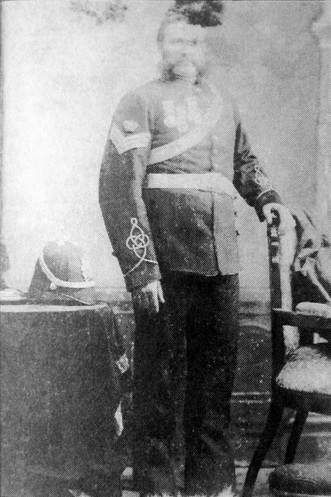
Major Thomas Compton COMPTON of St Eleanors, PEI
Courtesy of Joan Compton, and "The Jeffery Family of Isle of Wight
and PEI" by Betty M Jeffery and Carter W Jeffery
In 1791 Thomas’s father Harry married his second wife Mary Anne LYNE in Dorset, and their daughter Lyne was born in 1793, a half-sister for Thomas. Then Harry joined the militia (Perth Highland Regiment of Fencible Infantry) serving in Ireland during the Rebellion. So Thomas likely did not see a lot of his father in his younger years. In 1803 Harry emigrated to PEI Canada, taking along his son Thomas, daughter Charlotte and housekeeper. Harry's wife and daughter Lyne stayed behind in England, and his older son Arthur joined the British Navy (he drowned while serving in the East Indies in 1805). They sailed from Portsmouth on the “Teresa”, leaving on 23 Aug 1803 and arriving in PEI on 23 Sep1803, a one-month journey by sailing ship. The journey and new life on Prince Edward Island would have seemed like a real adventure for Thomas, then a teenage boy.
Conditions and amenities were rustic in these pioneer days, but there was the promise of growth and opportunity. The population in the whole province in 1798 was only about 4,000, sparsely distributed in rural areas. Quite a contrast to England! The family settled on the north shore of Richmond Bay, north of the town of St Eleanors in Lot 17, Prince County, where they built a grand house called the Pavillion. Construction was complete by 1806. The house was later destroyed by fire in 1844.
Thomas’s father Harry did not stay in PEI, traveling back to Europe on more than one occasion before moving permanently to France in about 1821 where he bought a chateau and gifted it to his third wife Anna Maria Wells. She had been previously married as well, and was the daughter of a Royal Navy commander. So Thomas, Harry's only surviving son, was left to manage the “colonial affairs” in PEI. In 1839 just before Harry died, he deeded land in PEI to his two oldest grandsons Harry Alfred Newman Compton and John Arthur Newman Compton (John died soon after in Kent England in 1844). Harry was buried in the churchyard in St Launeuc, Brittany, France, but I’m told his gravestone no longer exists and his bones now reside in the village ossuary, the skull on a shelf with its name and dates.
Back in PEI, Thomas was not only a prosperous farmer of a sizable estate, but was also involved in local politics and public service. He was also said to be a Major in the British Army, but I have no further details on his military involvement. In 1812 he was a juror in the first murder trial recorded on the island. In 1829 he was appointed a magistrate under the Small Debt Act, and in 1831 he was elected MLA as well as a tax accessor and collector. In 1835 he and Thomas Richard petitioned the Governor to purchase 50 acres of undeveloped land in Lot 15 to build a grist mill. In 1841 he was appointed receiver of land assessments for St Eleanors. Thomas seems to have also been involved in several Supreme Court cases between 1835 and 1847, at times the plaintiff or the defendant. Several disputes involved S E Jeffery, perhaps a relative of his wife.
Thomas died on 5 Aug 1850 in St Eleanors PEI when he was only about 61. Buried with his wife and one daughter at St. John the Baptist Church [RC], Miscouche, their graves are unmarked. Thomas's long will and codicils, filed in Aug 1850, contain a wealth of family names, relationships, land descriptions and references to existing lease agreements and neighbours. We are indeed fortunate to have access to a transcript of such a wonderful family document. His wife Hannah lived another 21 years, dying on 13 Dec 1871.
Thomas and Hannah’s many descendants have carried on Harry’s COMPTON line in Canada. So far I know of 64 grandchildren (30 boys, 34 girls), 5 of them dying as children. I am descended from two of Thomas's children, Albert Harry COMPTON and Elizabeth Pring COMPTON, due to subsequent intermarriages. They were a prolific bunch!
A final note about PEI: this year they are celebrating the 250th anniversary of the influential and infamous land survey of the island undertaken by Samuel Holland in 1765 for the British Government. The resulting division of the province into three counties and about 67 "lots" or townships had huge repercussions on the development of the province. The Confederation Centre Art Gallery in Charlottetown is currently displaying the original huge Holland map on loan from the National Archives in England. They also hosted a series of eight lectures about the survey, map and history of Prince Edward Island. If you missed attending them, the lecture videos can now be viewed on YouTube.
PEI Public Archives and Records Office (PARO)
PEI, Miscouche St Jean de Baptiste (Miscouche / Malpeque) baptisms
Island Register - PEI genealogy resource and family tree site
Island Newspapers, UPEI, Robertson Library (1900-1962)
Prince Edward Island - Canadian Encyclopedia site
PEI in 1850 - Culture Summerside site
Demographics of PEI - wikipedia
PEI Heritage Buildings by Charter W Jeffery, co-author of "The Jeffery Family of Isle of Wight and Prince Edward Island", 1998
PEI Genealogical Society site
Samuel Holland, 1765 Surveyor of PEI - 250th anniversary
and Samuel Holland series lectures on YouTube
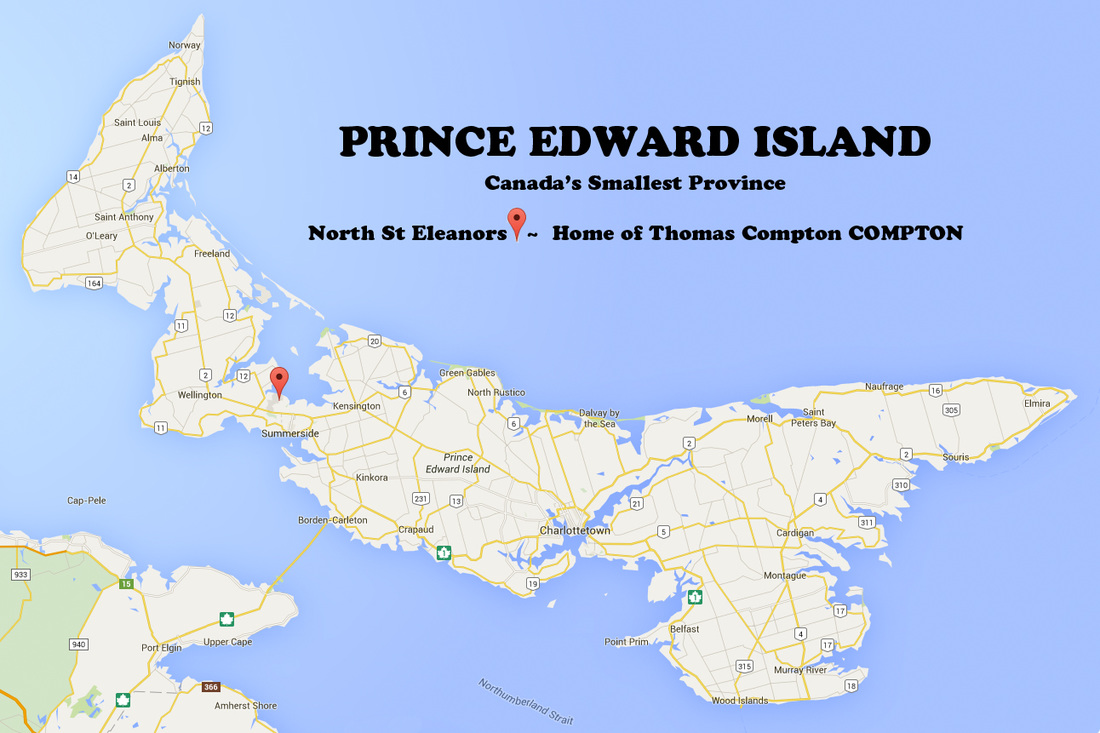
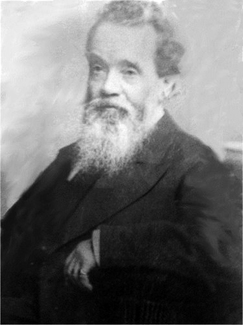
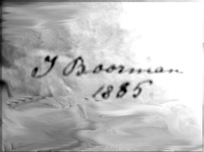
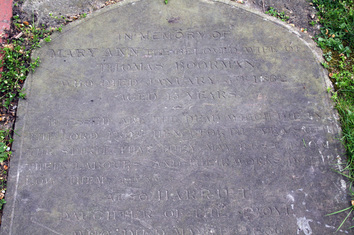
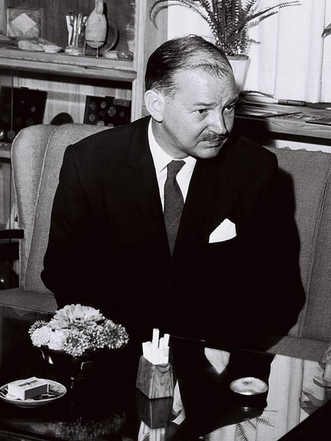
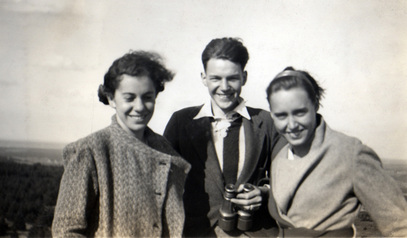
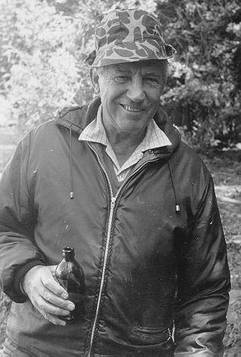
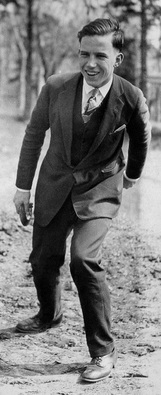
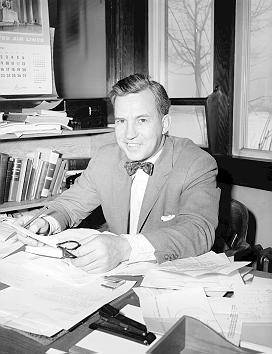
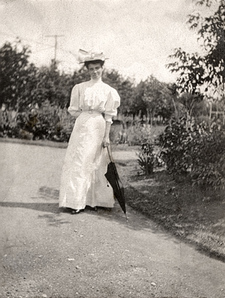
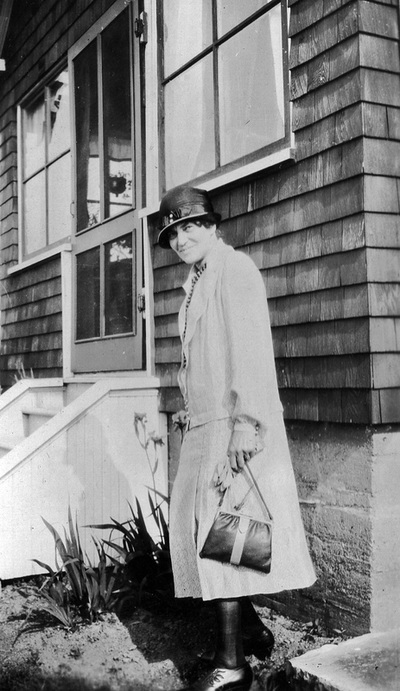
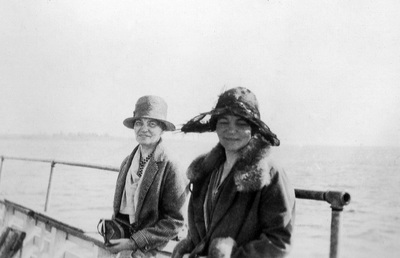
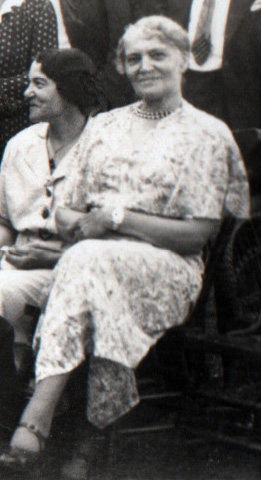
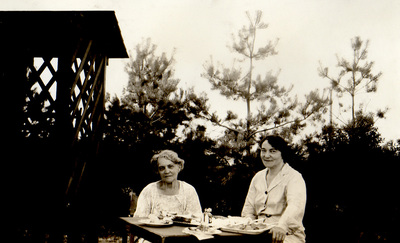
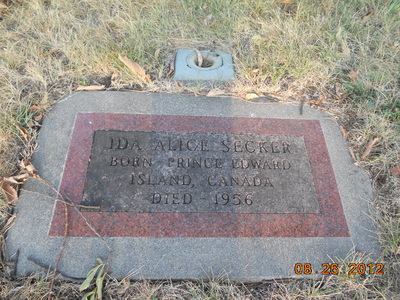
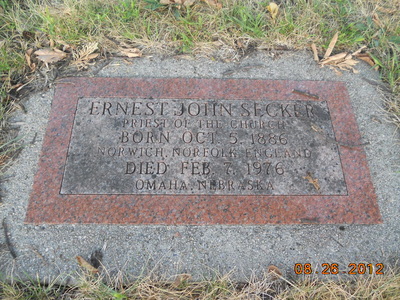
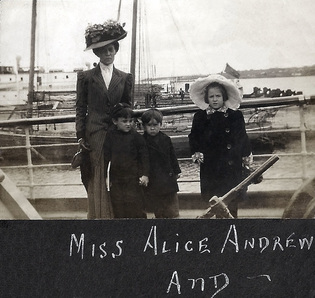
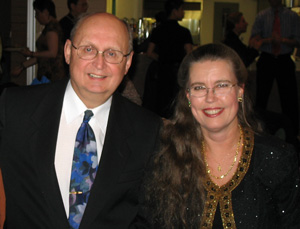
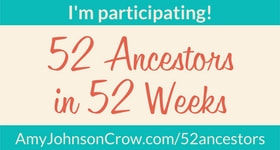
 RSS Feed
RSS Feed
